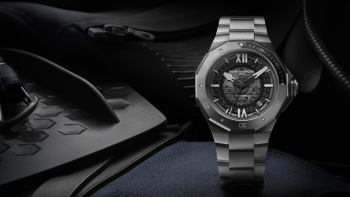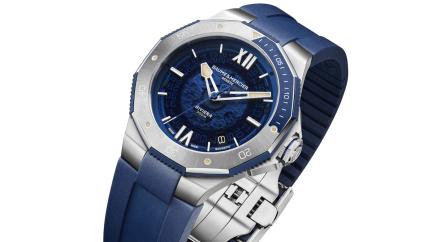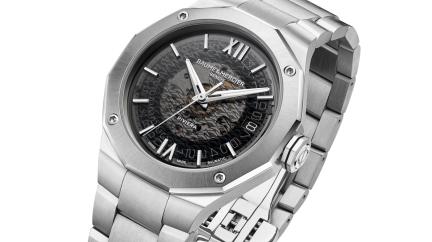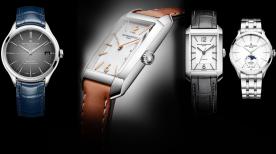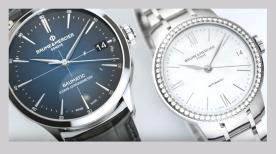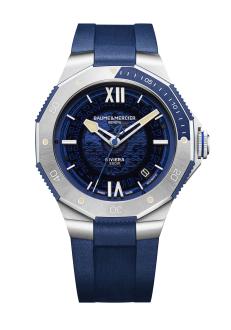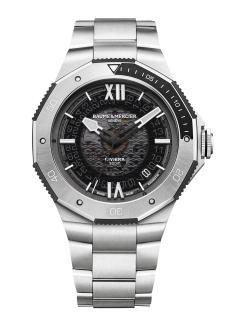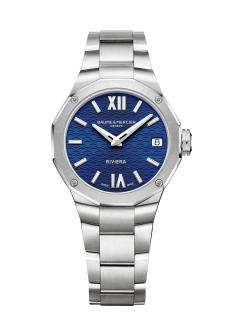Baume & Mercier
In 1830, the Baume family opened its first watchmaking outlet in the Swiss Jura. The aim of the Baume brothers, the Firm's founders, was to make high-quality traditional watches.
In 1848, they opened their first workshop in London, named “Baume Brothers”. This business in Britain enabled them to export their timepieces throughout the British Empire, from India to Africa and Burma.
In 1876, the Firm further specialised in complications – minute repeaters, calendars and tourbillons. In this way, at various Universal Expositions, it won ten Grand Prix awards and six gold medals. Meanwhile, Baume regularly passed the tests conducted by the Kew Observatory near London.
At the dawn of the Belle Epoque in the 1920s, the third generation of the family – in the person of the young William Baume – decided to embark on a partnership with Paul Mercier, an international businessman. As a result, the Firm was renamed ‘Baume & Mercier'.
The Manufacture of the same name was opened in Geneva and received “Geneva Seal” certification in 1919.
In 1935, William Baume retired for health reasons, followed two years later by Paul Mercier. Two new names took over the management of the Manufacture: Count Constantin de Gorski and the Ponti family, Italian goldsmiths.
Shortly after the Second World War in 1952, Baume & Mercier bought a new production site in Le Brassus, specifically to make its chronographs.
From 1971 onwards, with its ‘Tronosonic' model, Baume & Mercier became one of the first manufactures to adopt the new electronic tuning fork movements, the forerunners of quartz.
Nine years later, Baume & Mercier became a part of what was to become the Richemont Group.
Continuing its expansion, in 2002 the Firm opened new workshops in Les Brenets in the Jura. Faithful to tradition whilst also welcoming all the latest advances, it returned to ‘établissage', the production method used by the Baume brothers throughout the nineteenth century.
The firm has thus continued its path with new models such as the Classima Executives, Diamant, and so on.
